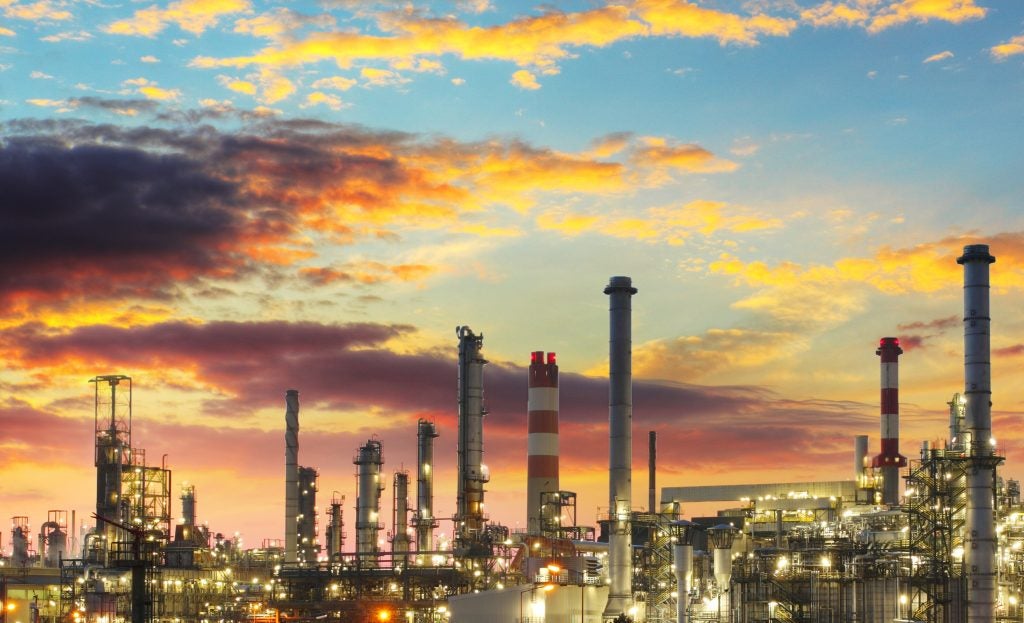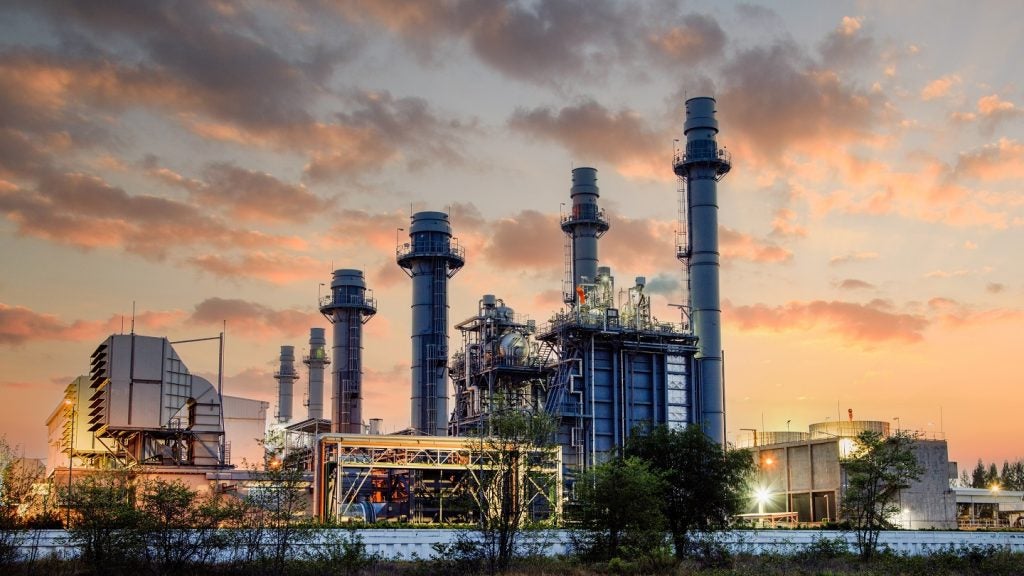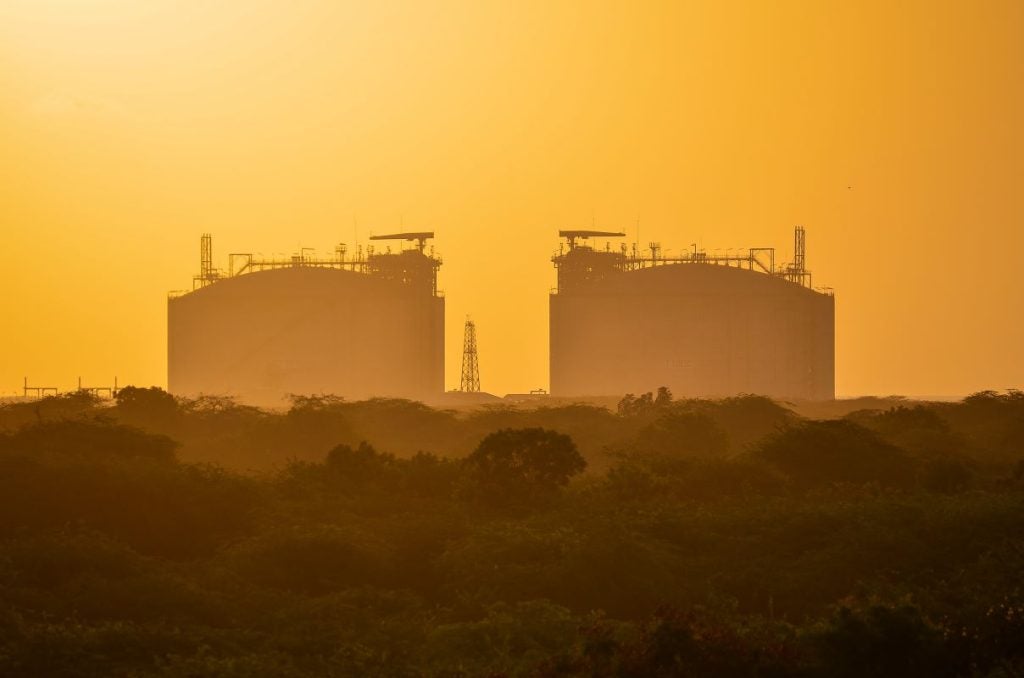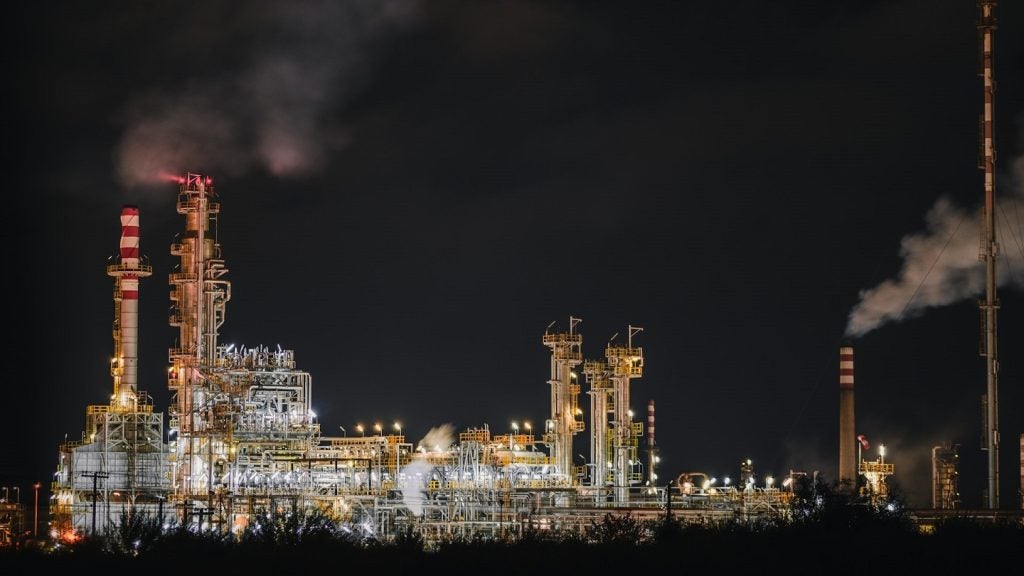
Osaka Gas and Mitsubishi Heavy Industries (MHI) have teamed up to develop a CO₂ value chain for carbon capture, utilisation and storage (CCUS).
The value chain would include the overseas transportation of CO₂ captured in Japan, using it to produce e-methane, and storing it underground.
E-methane is a synthetic gas produced through a process called methanation using hydrogen and CO₂.
The alliance seeks to create an effective CO₂ value chain by combining MHI’s expertise in CO₂ capture, liquefied CO₂ maritime vessel transport, and CO₂ management with Osaka Gas’s know-how in e-methane production and CO₂ storage.
Under the terms of the agreement, the businesses will research ways to capture CO₂ emissions from hard-to-reduce industries, including steel, cement, and chemicals and use ships to carry liquefied CO₂.
Osaka Gas and MHI will also work with businesses from a wide range of industries to carry out a feasibility study on the overall CCUS plan, including CO₂ usage for e-methane and underground sequestration.
How well do you really know your competitors?
Access the most comprehensive Company Profiles on the market, powered by GlobalData. Save hours of research. Gain competitive edge.

Thank you!
Your download email will arrive shortly
Not ready to buy yet? Download a free sample
We are confident about the unique quality of our Company Profiles. However, we want you to make the most beneficial decision for your business, so we offer a free sample that you can download by submitting the below form
By GlobalDataThe firms said in a statement: “Through this project, Osaka Gas and MHI aim to contribute to achieving a carbon-neutral society by 2050, combining the two companies’ technologies developed to meet their respective goals for net-zero emissions.”
In addition, the collaboration also aims to broaden the CCUS scheme by trading and transferring the value of CCUS as measured by CO₂NNEX.
CO₂NNEX is a digital platform backed by IBM Japan and MHI that offers visualisation of CO₂ value chains.







